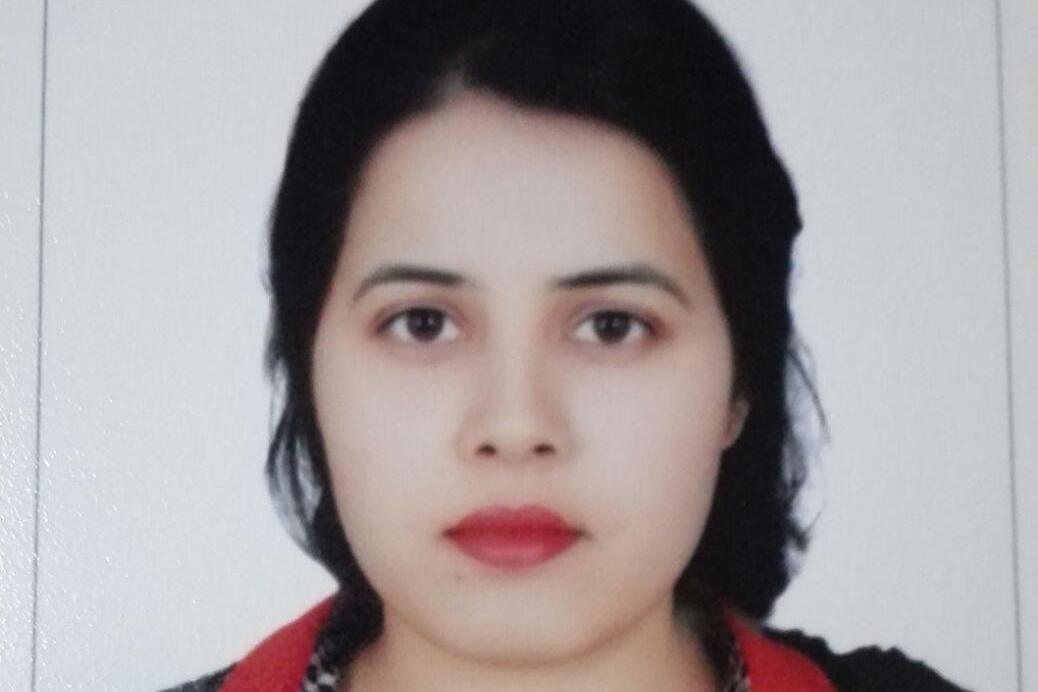
Bridging observations, theory and numerical simulation of surface-subsurface flow for hydrological models using machine learning
Abstract:
The objective is to fill the gap between Machine Learning (ML) and physics-based numerical approaches for coupled surface and subsurface flow in hydrological models. Machine Learning is growing very rapidly. These approaches do not derive from physics-based approaches that are mainly driven by the framework of computational fluid dynamics. The objective of the PhD thesis is to develop, in the context of hydrological flow modeling, an intermediate approach to preserve the physics for surface/subsurface flow. Currently, the main contributions of machine learning to hydrological modeling are related to preprocessing steps (de-noising, etc.) but not really yet to the modeling and prediction’s part (for example, determining the flow behaviour in surface/subsurface hydrology which is a highly non-linear problem). The explicit introduction of physics within machine learning should fill this gap.
Physics-based or data-science methods, particularly ML algorithms, are frequently used in current hydrological modeling systems. In the works of [1], [2], the authors describe how it is possible to combine ML approaches with more traditional physics approaches in the form of Physics-Informed Neural Networks (PINNs). The applications are related to direct problems and inverse problems. Our focus will be on the latter. This approach is gaining recognition and will be extended and modified to be applicable in the context of predicting surface/subsurface flow behaviour and parameters for hydrological models. The objective is to determine the fluid velocities and any other parameters controlling the flow behavior. In comparison with the first PINN applications, hydrological models offer some particular aspects to be properly considered.
Our aim is to develop a novel ML approach that is physics informed in the context of hydrological modeling. Synthetic and real data sets (and models) will be used for validations and verification of the approach.
References
[1] M. Raissi and G. E. Karniadakis. Hidden physics models: machine learning of nonlinear partial differential equations. J. Comput. Phys., 357, 2018, 125-141.
[2] M. Raissi, P. Perdikaris and G. E. Karniadakis. Physics-Informed Neural Networks: A Deep Learning Framework for Solving Forward and Inverse Problems Involving Nonlinear Partial Differential Equations. J. Comput. Phys.,2019, 686-707.
Proposal Defense Committee
- Dr Zahra Lakdawala (Supervisor)
- Dr Muhammad Usman
- Dr Adnan Khan
Meeting Link: https://lums-edu-pk.zoom.us/j/97057480950?pwd=Y24rL0hJUmFGV1hzdjNjSVJFZ…
Meeting ID: 970 5748 0950
Passcode: 636879

